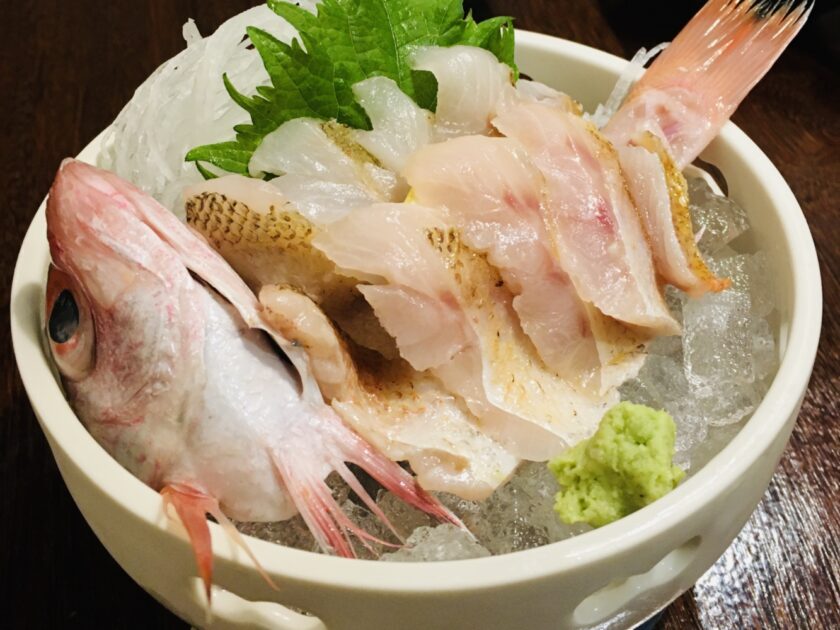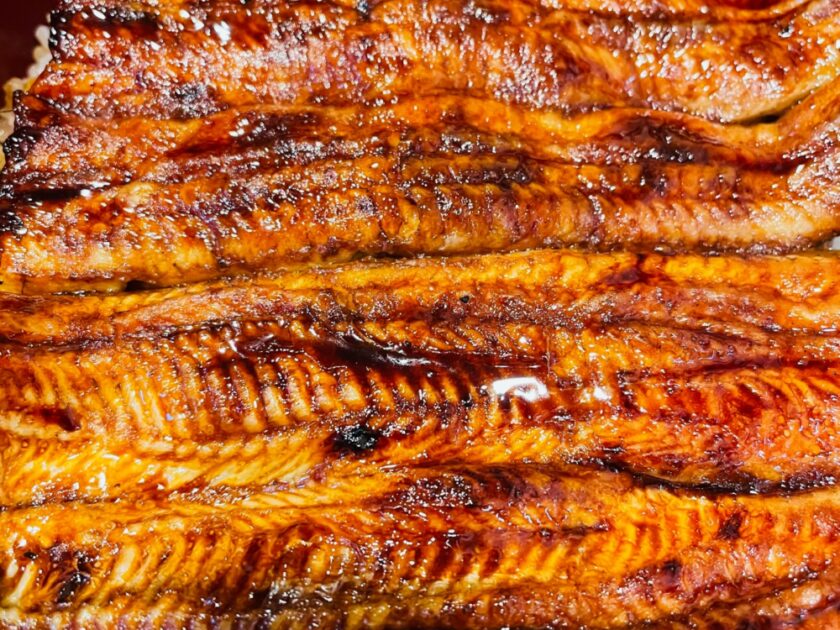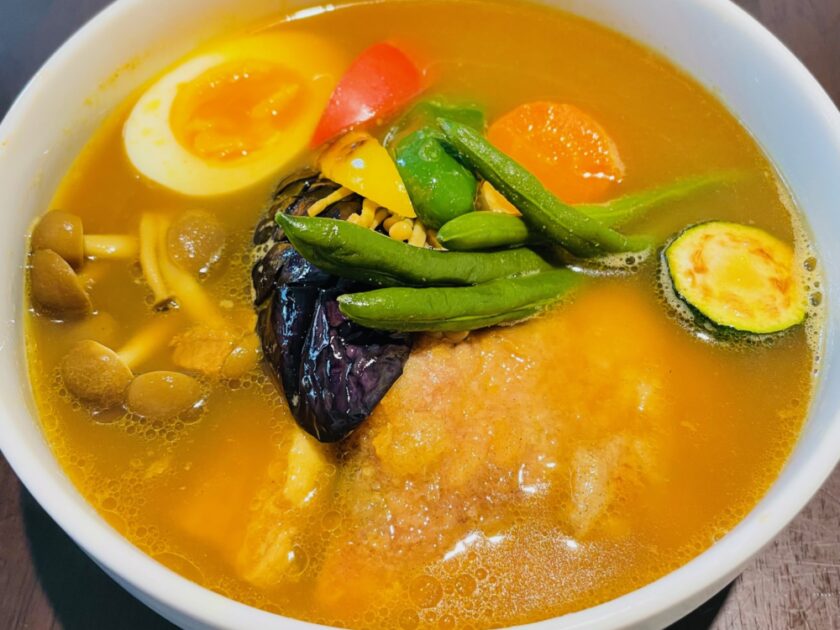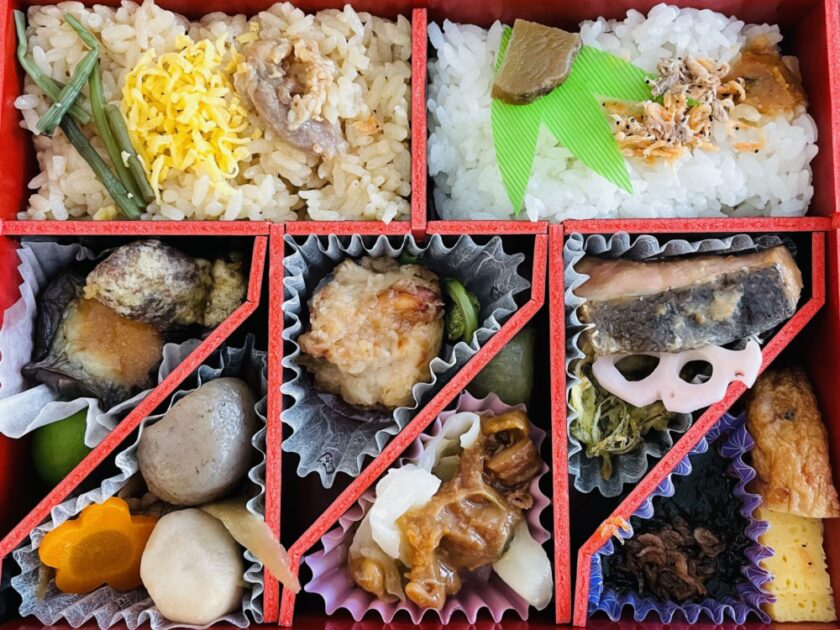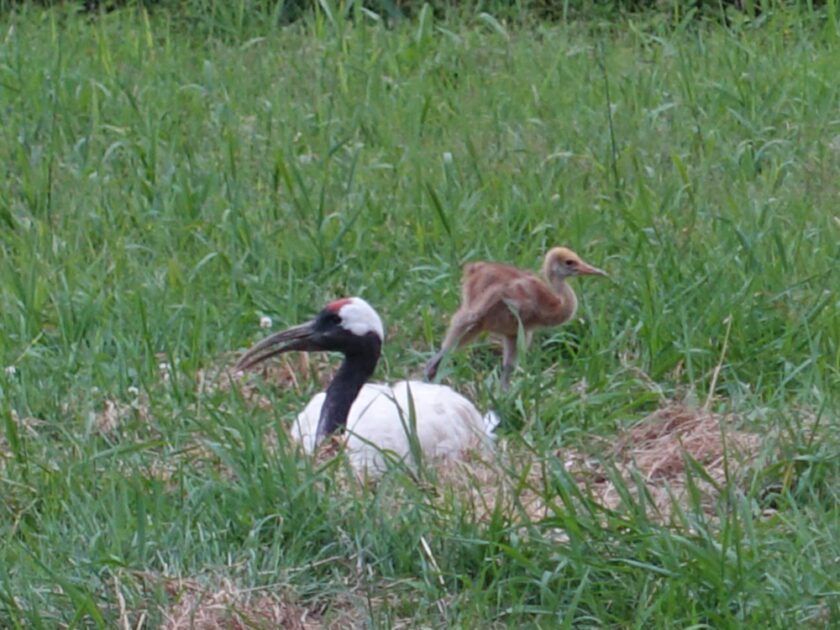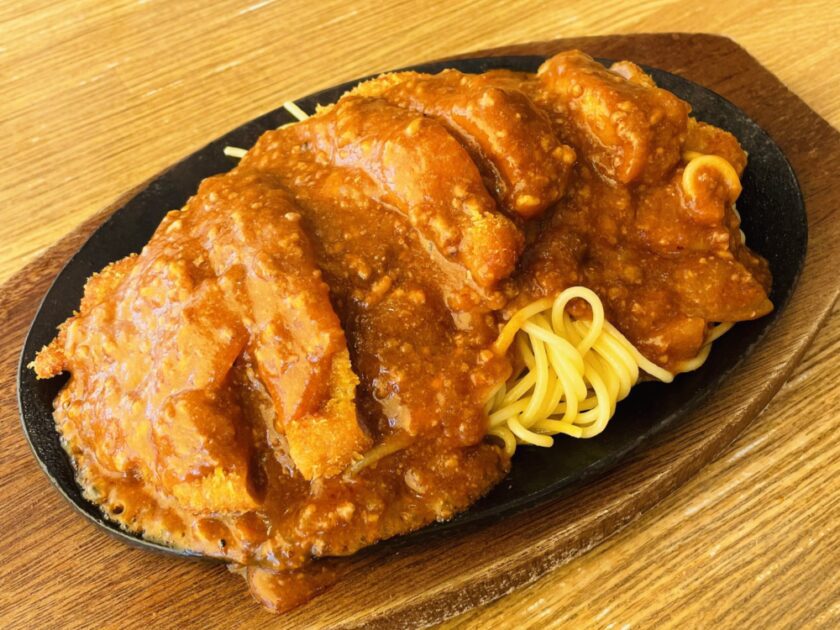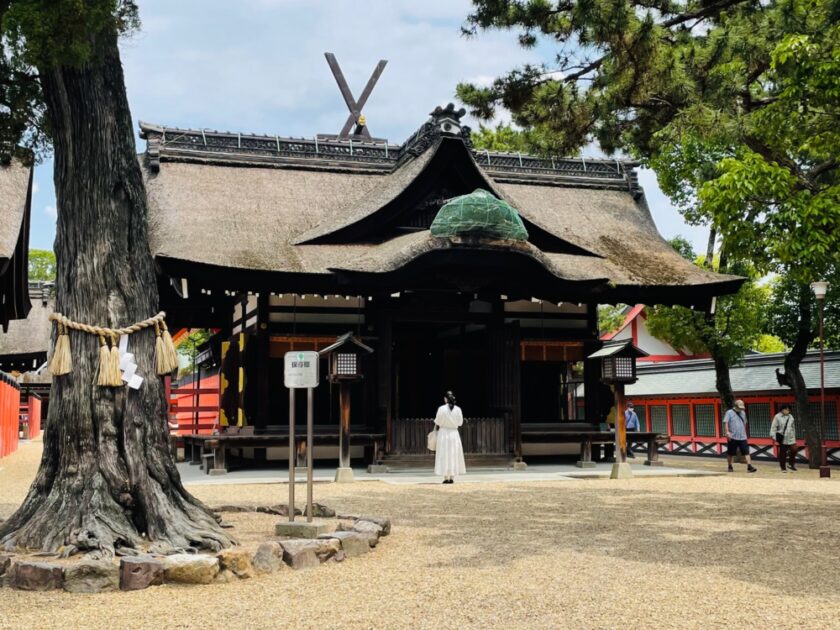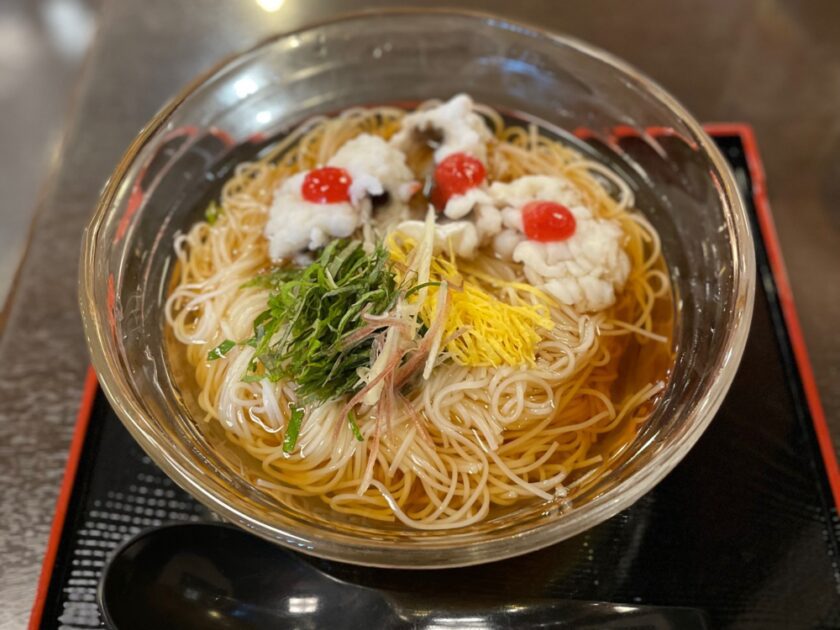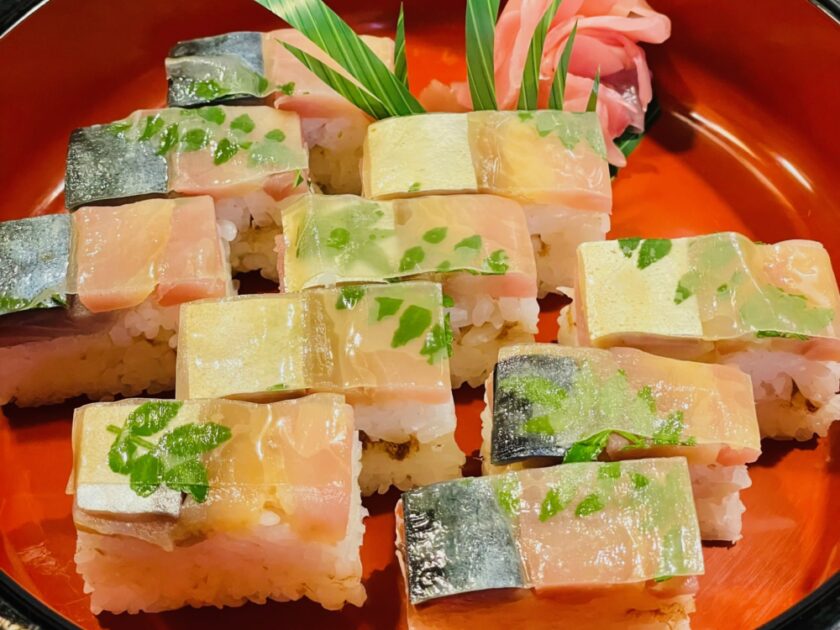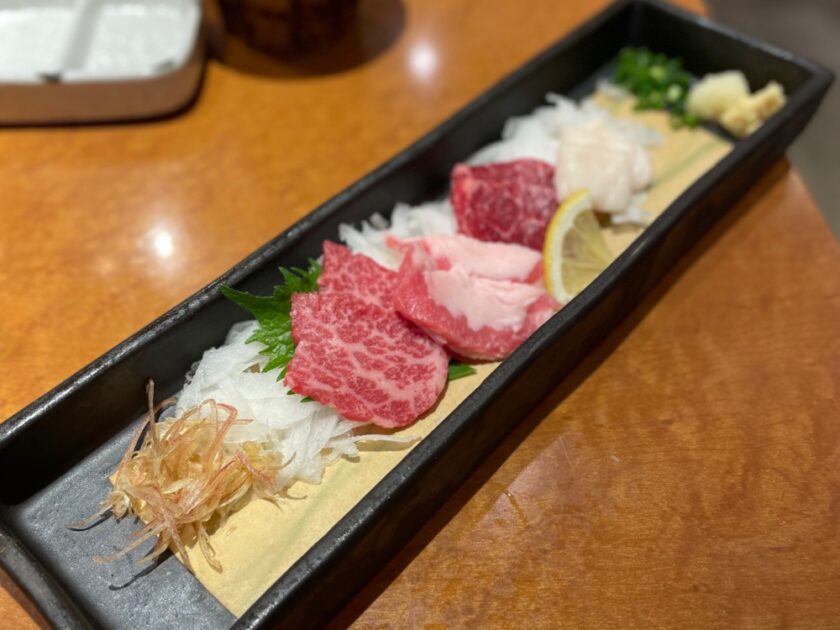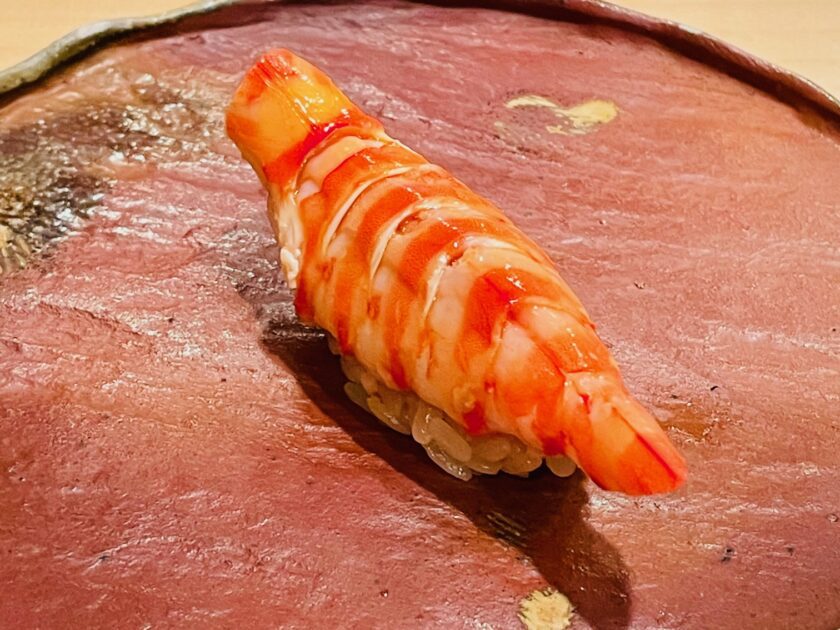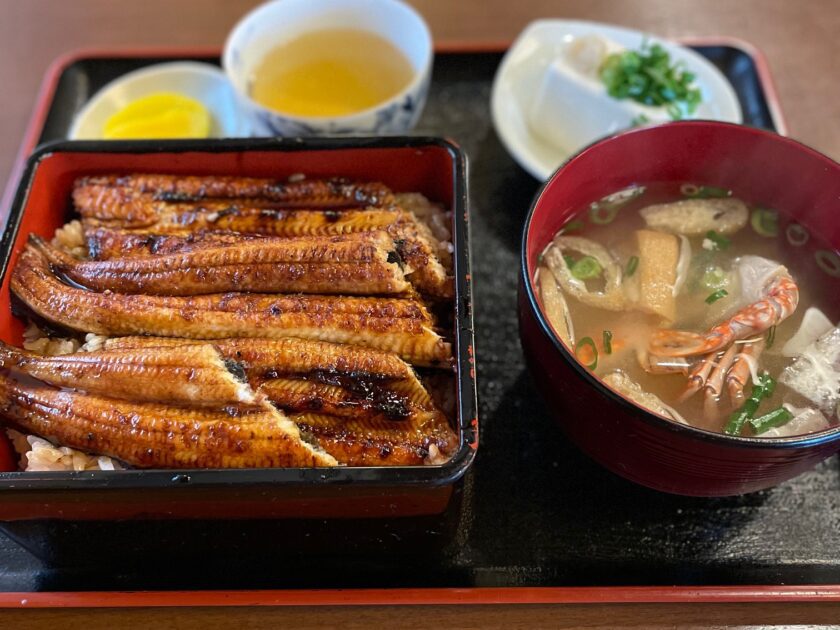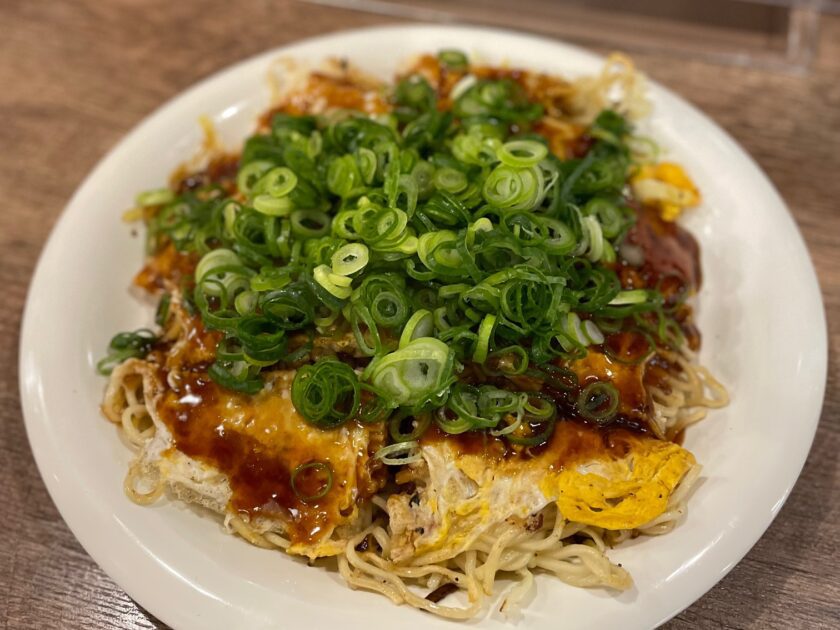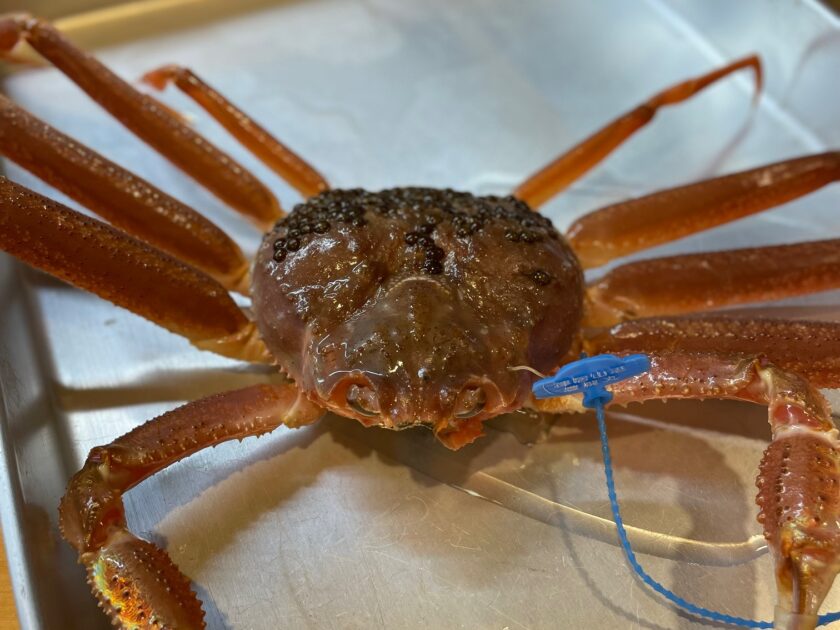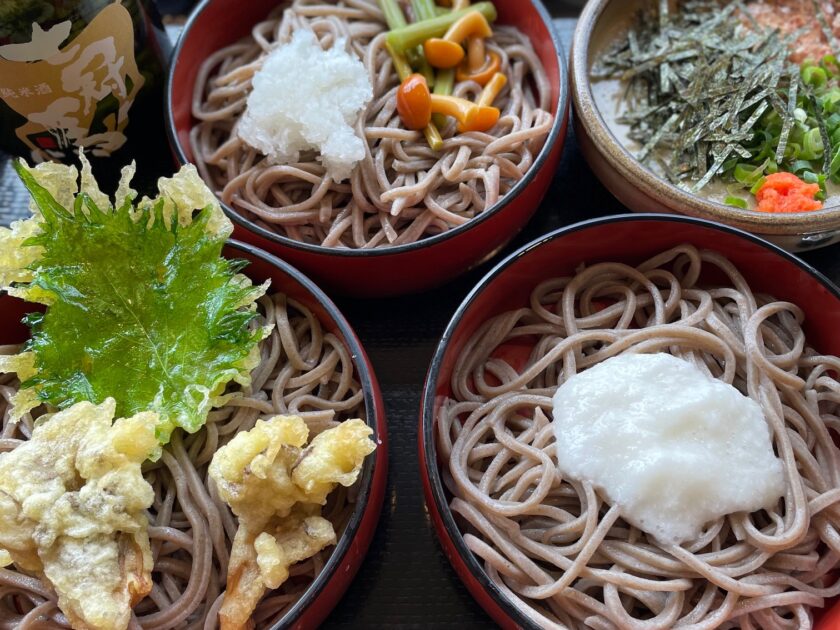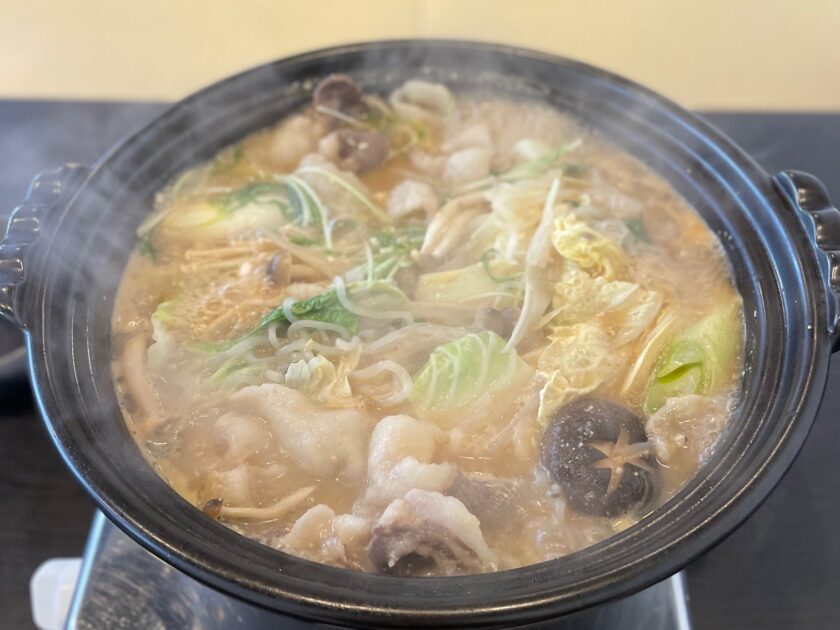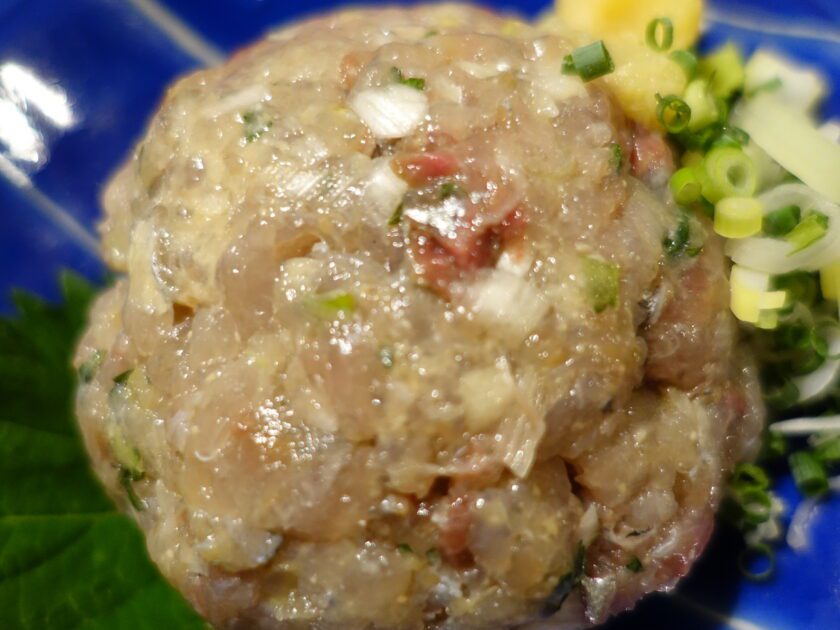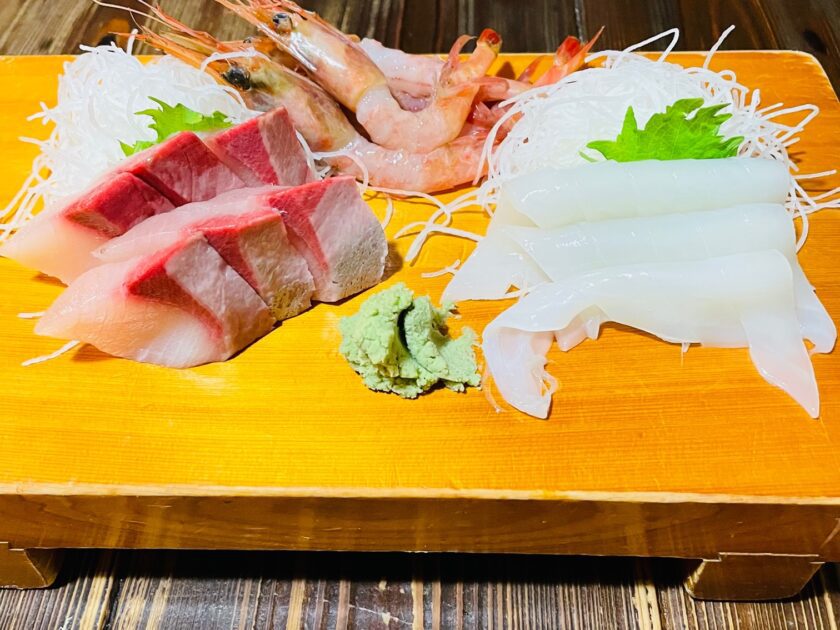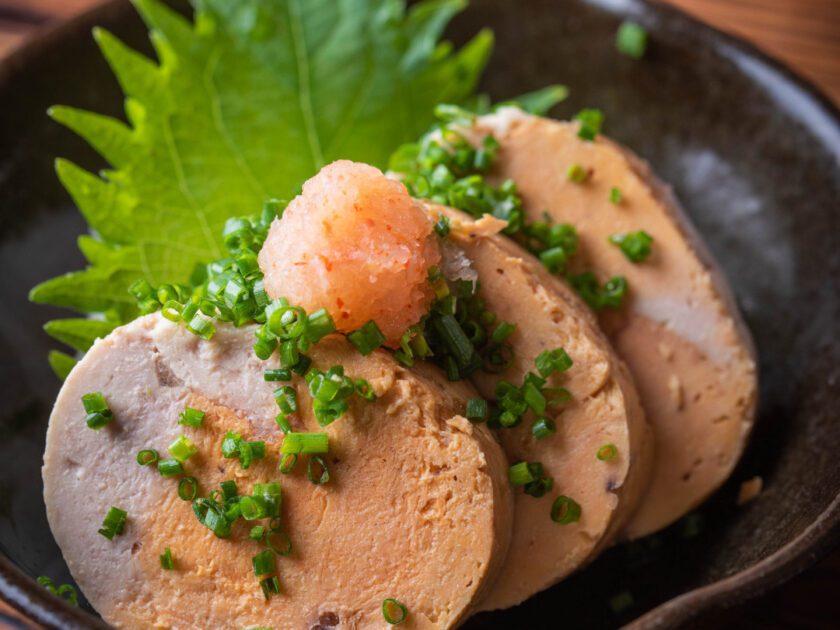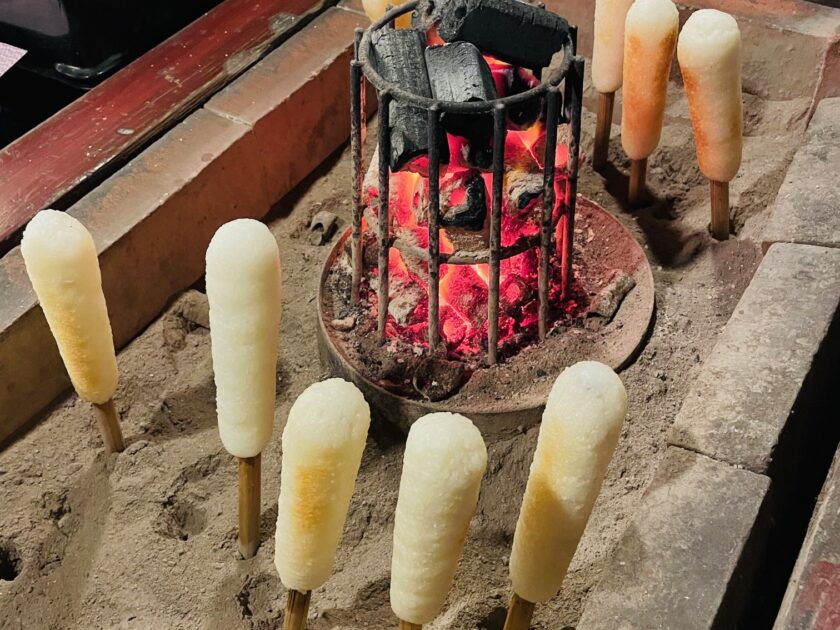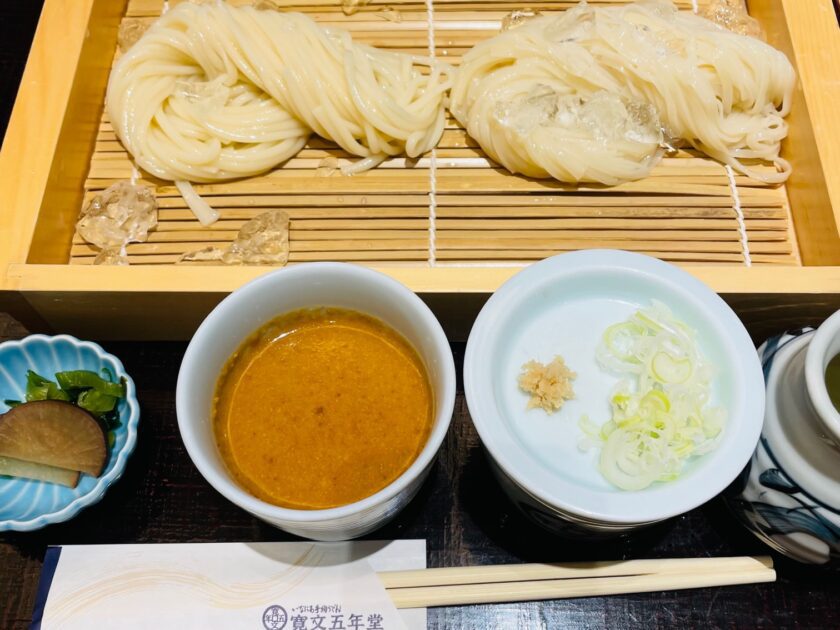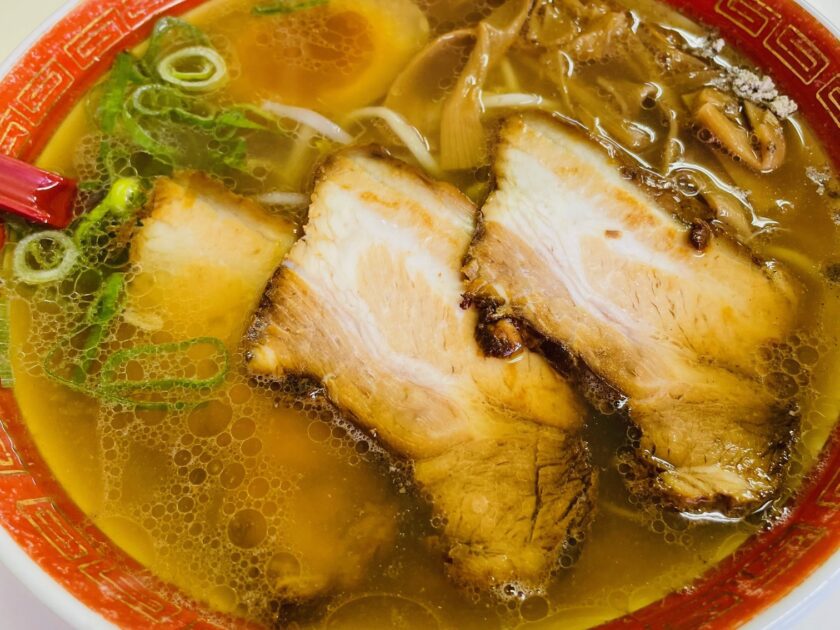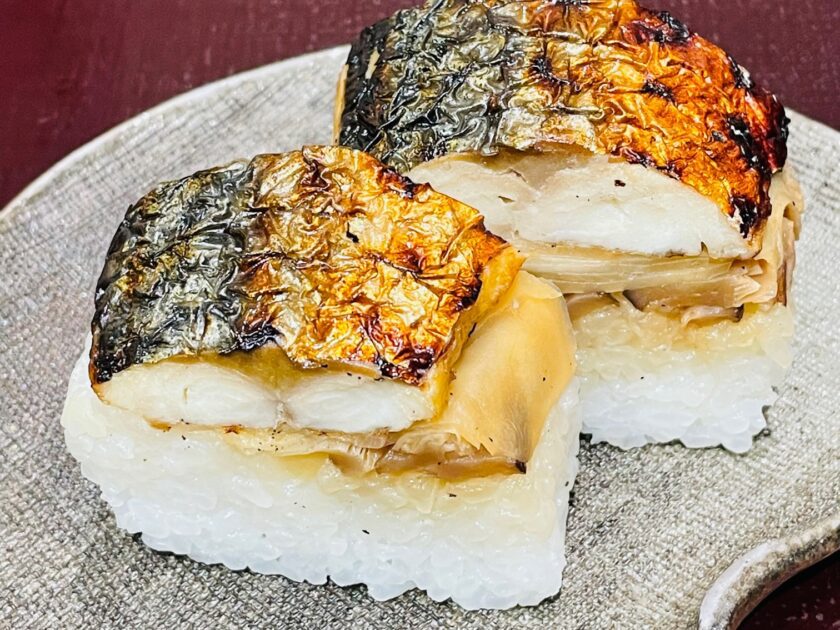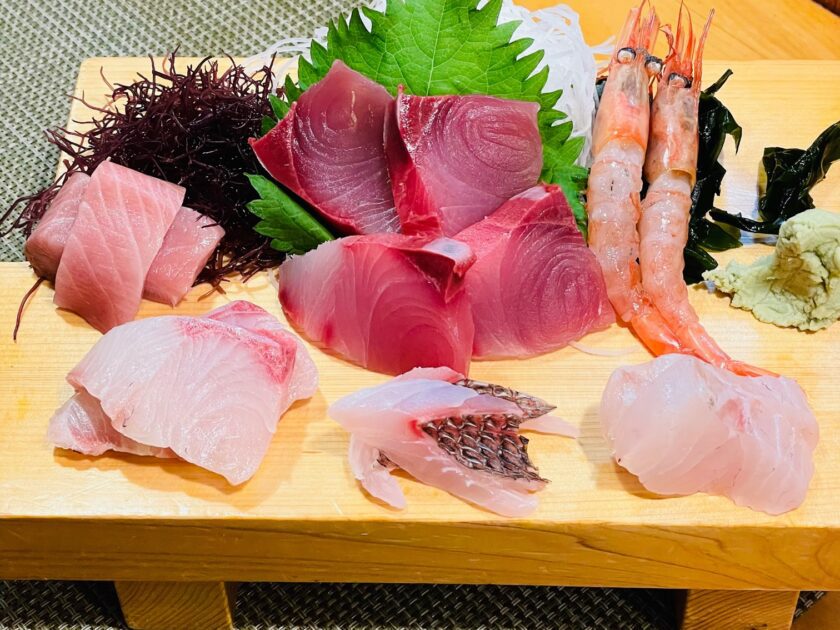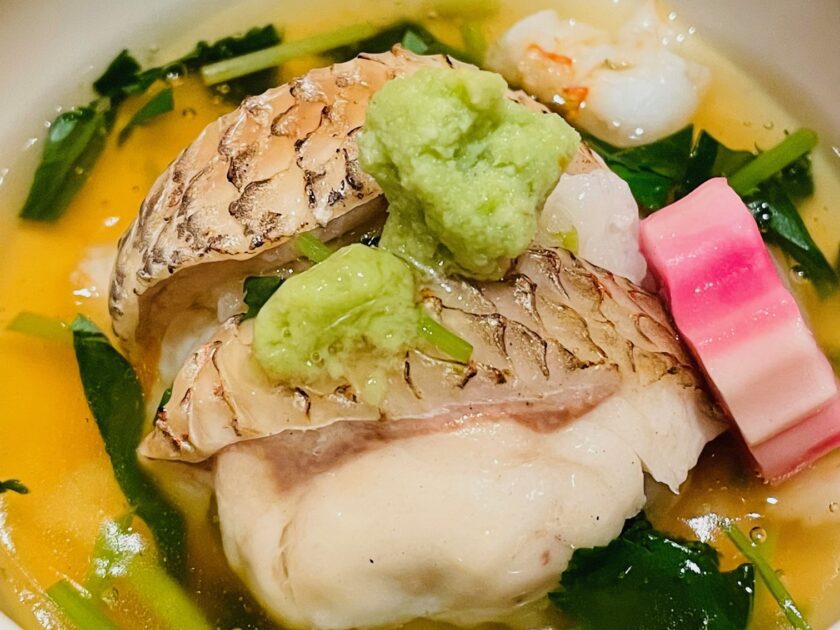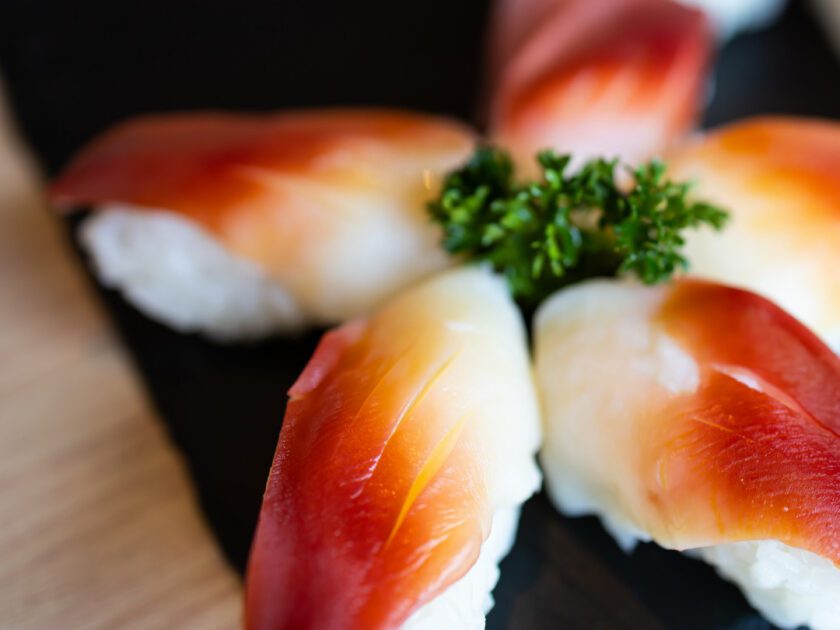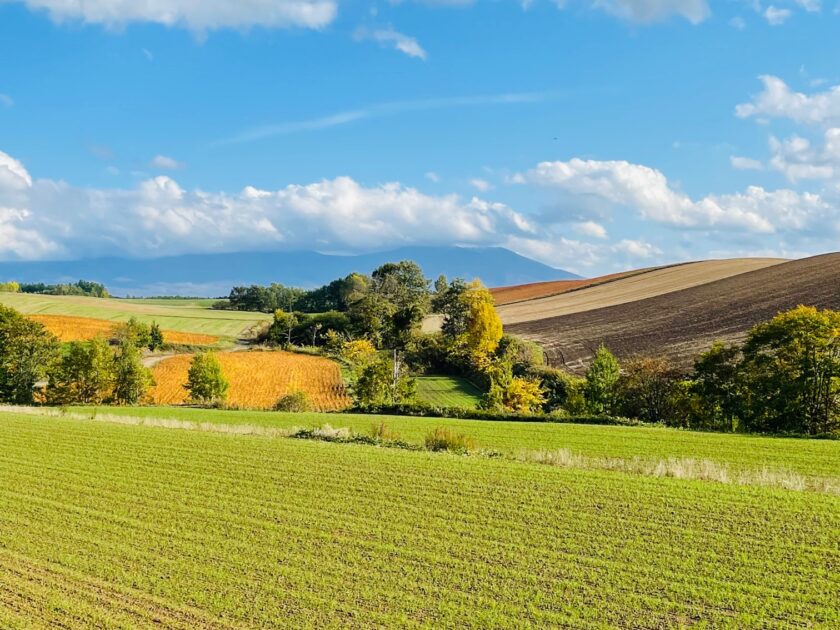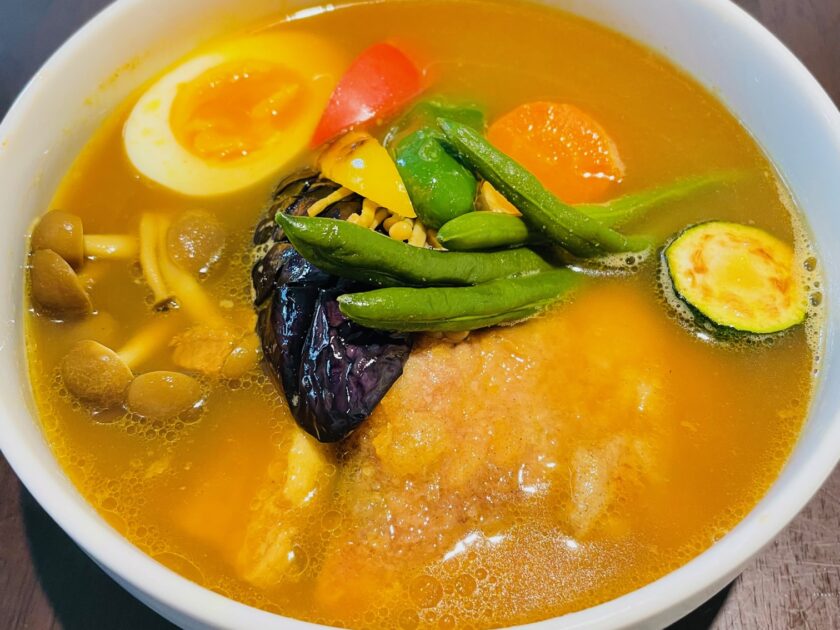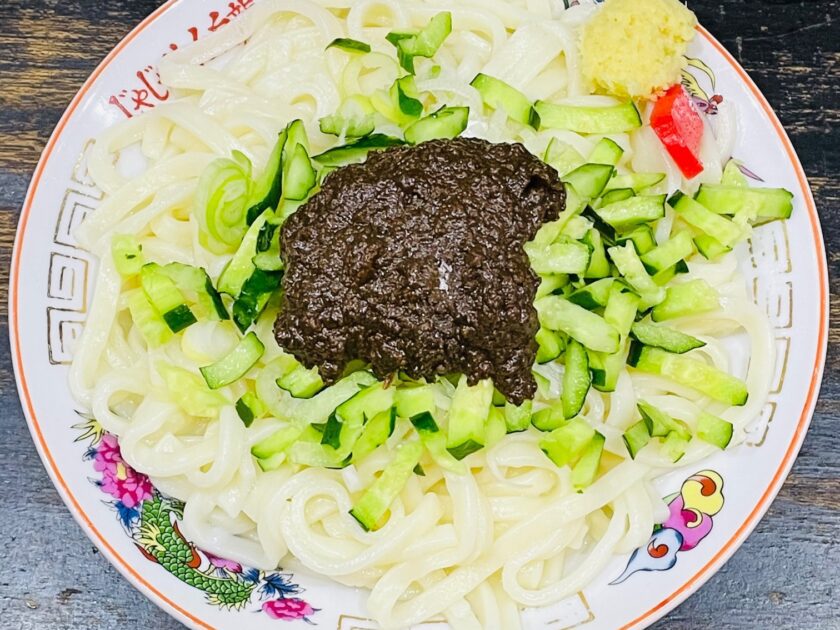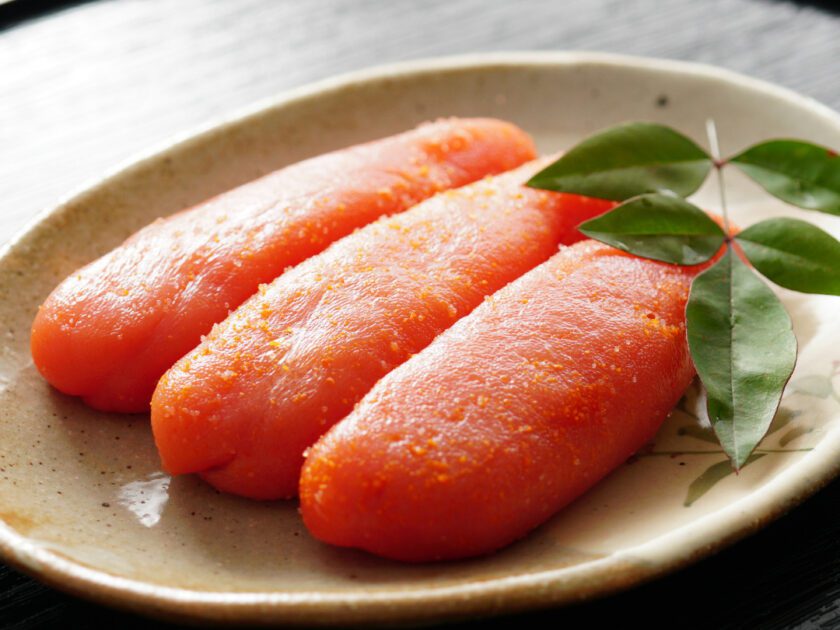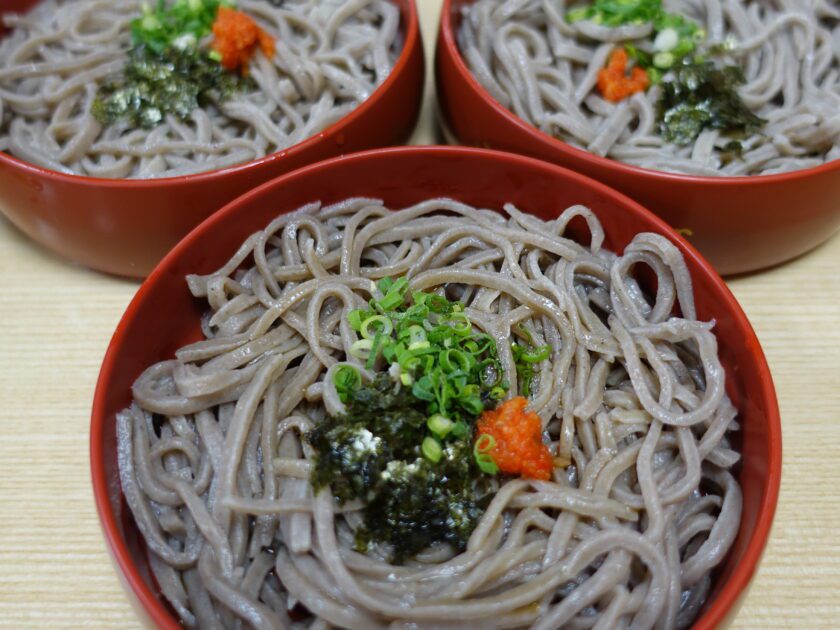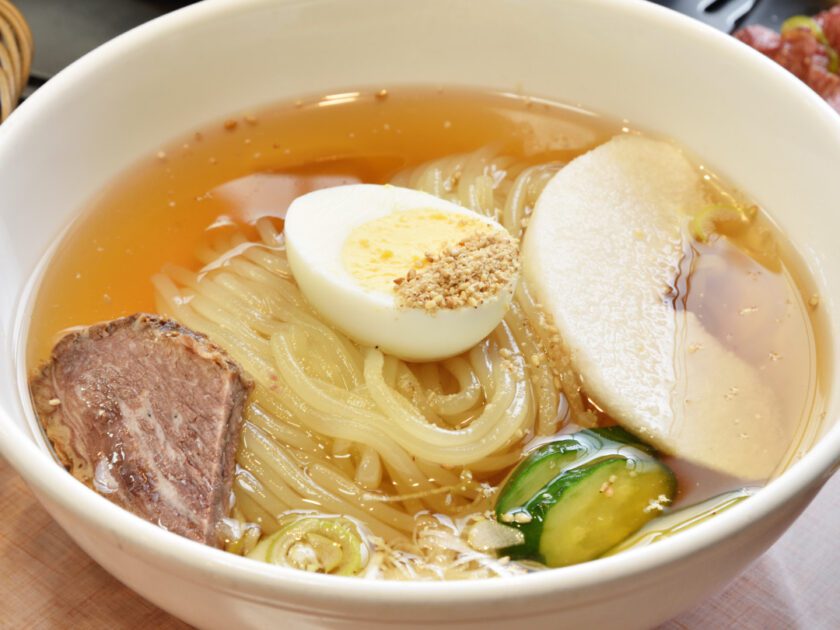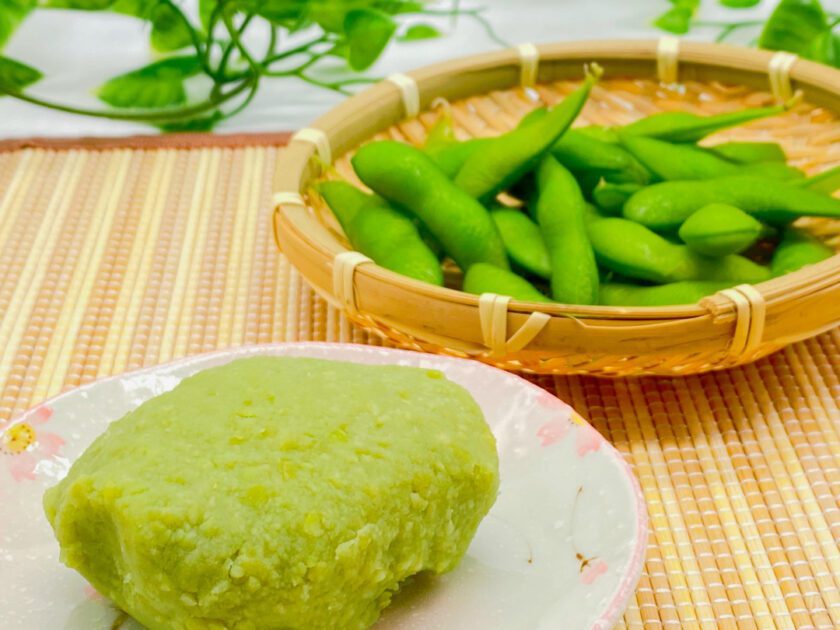Ekiben available in Tokyo 5
在東京即可購得的各地鐵路便當特輯,已經來到第5彈囉,本篇同樣要介紹在新宿車站購入的鐵路便當。從第1彈開始到這篇第5彈,總共為大家介紹了50種不同特色的鐵路便當,而這篇也將會是鐵路便當特輯的最後一篇了。 說到要在東京購買鐵路便當,其實在東京車站販售的種類是比較多的,之前我也曾經兩度到東京車站去買鐵路便當。不過其實東京車站離我家或是公司都有一點距離,到那裡去買便當的話會花費太多時間,所以這50種便當幾乎都是在公司附近的新宿車站買到的。 除了季節限定的便當之外,在新宿車站有販賣的鐵路便當我幾乎都介紹過了,所以之後我想利用這段期間在購買便當時所蒐集到的各種資料,以「便當熱量排行榜」等比較多元、有趣的方式,來向大家介紹鐵路邊當。 如果你還沒有閱讀過第1彈到第4彈的文章,但是對於日本的鐵路便當相當感興趣,或是想要更深入瞭解的讀者,我會將文章連結貼到下方,請一定要點進去看看喔。 EKIBEN 1 鐵路便當1 EKIBEN 2 鐵路便當2 EKIBEN 3 鐵路便當3 EKIBEN 4 鐵路便當4 1. Keibai Bento (Iwate Prefecture) 2. Domanaka Hyakusen (Yamagata Prefecture) 3. Beef Harami Steak (skirt steak) Bento (Yamagata Prefecture) 4. Beef treasure Bento (Yamagata Prefecture) 5. Salmon, salmon roe and sea urchin Bento (Niigata Prefecture) 6. Charcoal Grill Style Beef Tongue Lunchbox (Tokyo) 7. Pressed sushi with horse mackerel and sea bream (Kanagawa Prefecture) 8. Kama-age shirasu and jako no FUN bento (Kanagawa Prefecture) 9. Premium Bento (Kanagawa Prefecture) 10. Kaki-no-ha Sushi (Nara Prefecture) 1. Keibai Bento (Iwate Prefecture) Features : Ekiben (Lunch box) at Ichinoseki Station. This ekiben was revived for the 35th anniversary of the Tohoku Shinkansen. It contains teriyaki chicken. The packaging is inspired by the “Keibai” of Nanbu Kagura. Ekiben available : Shinjuku Station Price (incl. tax) : Yen 980 Nutritional Information Calories (kcal) : 635.0Protein (g) : 96.9Fat (g) : 31.0Carbohydrate (g) : 96.9Salt equivalent (g) : 2.9 Main ingredients Rice (Iwate rice)Chicken (domestic)Shiso (perilla) miso rollThin omelette cut into stripsBoiled wild vegetablesSasa-kamabokoSimmered shiitake mushroomSimmered bamboo shoots in TosaPickled radish with misoPickled radish with sakura 2. Domanaka Hyakusen (Yamagata Prefecture) Features


